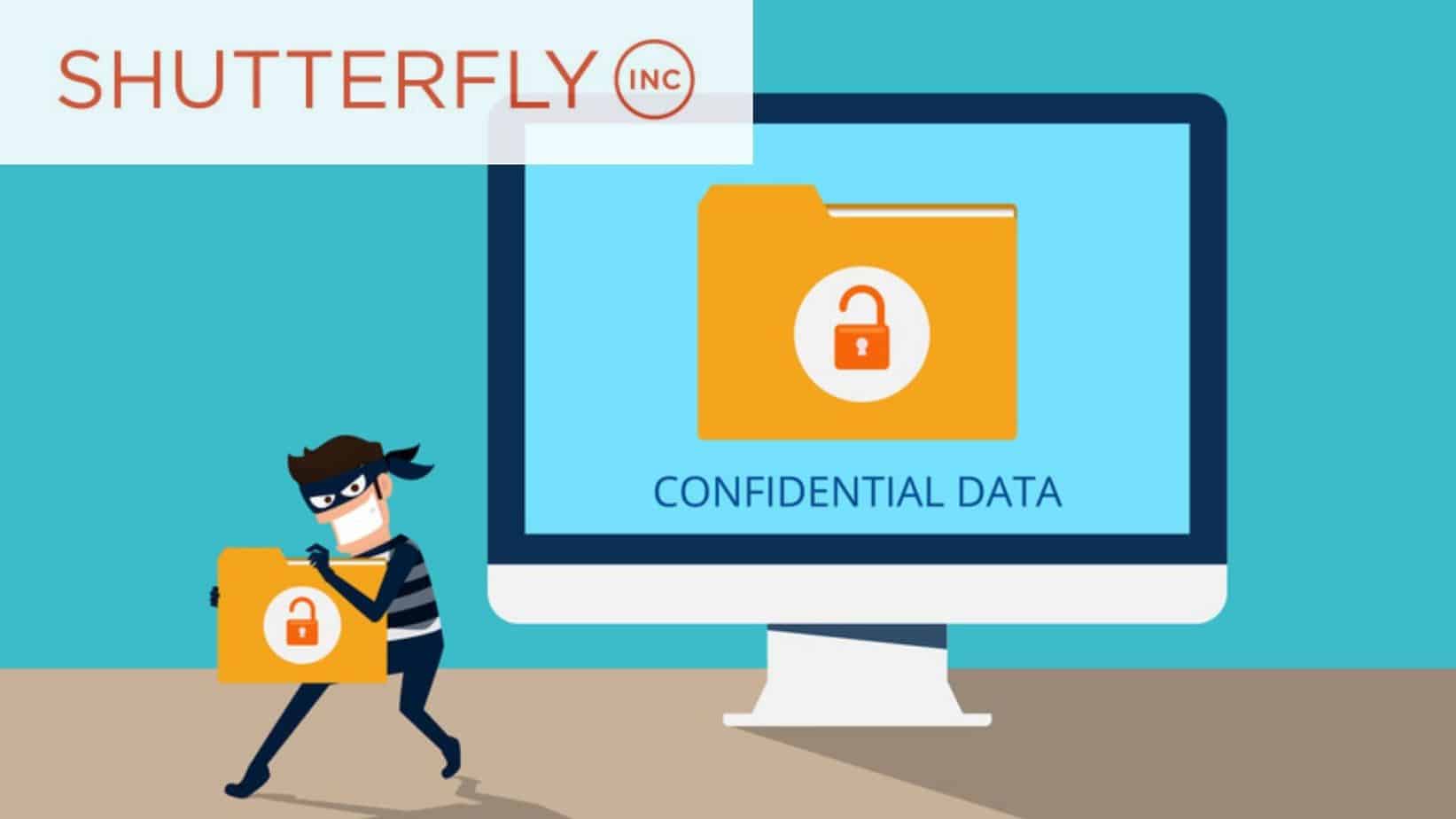A virtual credit card is a credit card where the details are not stored physically. Instead, the parties may be stored in a computer or electromechanical facility with a mainframe and a personal identification number (PIN) for access. It may also carry the authorized user’s identification number (PIN). The digits of the PIN are transmitted to the merchant over telephone lines or an electronic network, verifying that the legitimate holder has possession of the actual card. Here are a few legal things to know about virtual cards so that you can be more careful when using them.
1. Created Using the Bank’s Internet Banking Facility
Virtual cards are the most commonly used form of debit and credit cards. The user creates the card with their bank’s internet banking facility by giving the details of their credit or debit card. The significant advantage of virtual cards is that they do not require documentation. Instead of physical credit or debit cards, they can be used to shop online, purchase stuff from the web, make purchases on e-shopping websites, make payments for subscriptions, and other online transactions.
2. Allows Secure Online Transactions
Virtual cards enable secure online purchases of physical goods by assigning a unique 16- or 22-digit number to a company or individual. The card is issued for one specific transaction and can only be used for that purchase. It must be destroyed after use, so it cannot be reused even if the information on the card is stolen. With a virtual prepaid card, you can shop online, pay bills and make purchases without sharing sensitive personal information. This can help you protect your identity, so if your credit card is ever lost or stolen, no one can access your account.
Each virtual card comes with its card number and CVV number, which electronically link to the physical card. Each virtual card also has an expiration date and unique CVV number like a physical card. You can use the virtual card online to pay for purchases using a digital wallet or retail stores that accept contactless payments.
3. Meant for One-time Use
Virtual cards are prepaid cards meant to be used once and then discarded. Sometimes they do not have any value associated with them, but they can be loaded with funds before use. If a reoccurring purchase is made with the card, it will be declined, and the merchant will not be able to dispute the chargeback because the card has already been used.
4. Available to Non-Credit Cardholders
Both virtual payment cards and regular credit cards work in different ways. A virtual card may be available to non-credit cardholders depending on the issuing bank. Virtual credit cards are a flexible tool used in many situations. Virtual cards may be available to non-credit cardholders and those who have trouble getting plastic due to poor credit scores.
The main takeaway is that virtual credit cards are a great feature that more people should take advantage of. It provides an extra level of security for both buyers and sellers and helps strengthen the overall e-commerce landscape.



